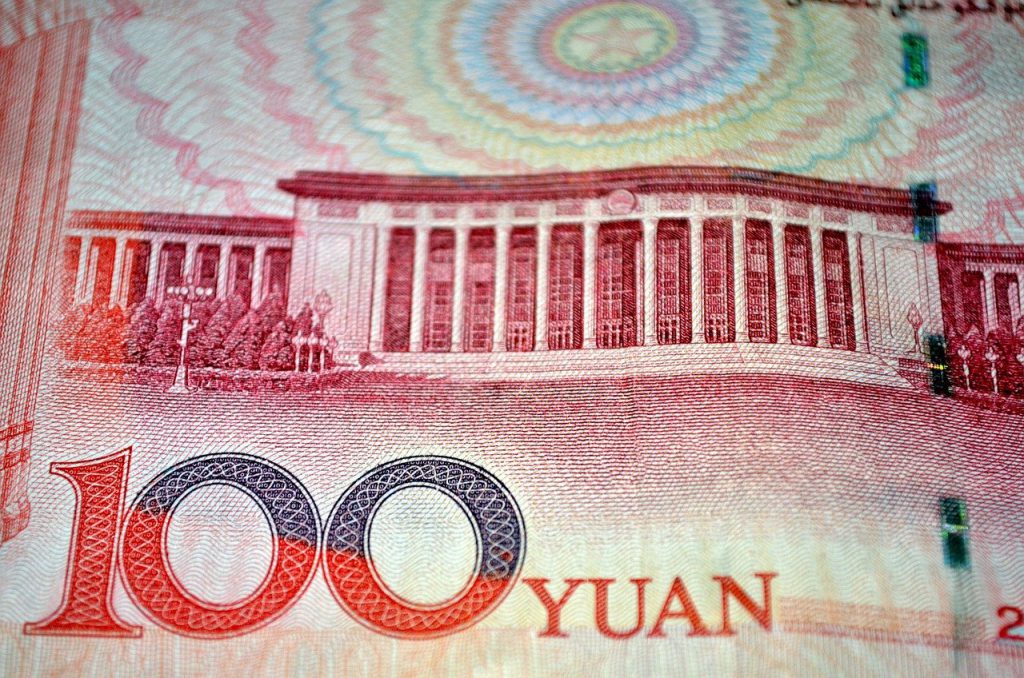
Trading Chinese renminbi
The Chinese renminbi (CNY) used to be pegged against the United States dollar, but is today floating within a (pretty narrow) band as the Chinese government has loosened their monetary policy a bit in the 2st century.
Today, the Chinese renminbi is actually one of the ten most-traded currencies by value on the FX market and offers very interesting opportunites for FX traders.
The Chinese renminbi is currenctly the 7th most held currency in currency reserves.
As per Chinese policy, the renminbi is convertable on currency accounts but not on capital accounts. The stated goal of the government is to turn the renminbi into a fully convertible currency, but the regime has simultaneously expressed concerns about how the Chinese financial system would react to this. There are fears that a stronger CNY would have a very harmful impact on China s export economy.
About the Chinese renminbi
- The Chinese renminbi is the official currency of the People s Republic of China and is issued by the People s Bank of China (PBoC). The name renminbi means The People s Currency.
- The renminbi is not the official currency of the Macao Special Administrative Region, but is widely used there alongside the Macanese pataca (MOP). The renminbi is also widely accepted in several of China s neighbouring countries, including Nepal, Cambodia, Laos, North Korea, and Burma/Myanmar.
- Symbol: (CN is used when there is a risk of mix-ups with the Japanese yen)
- This currency is colloquially referred to as yuan, especially outside China. Yuan is the name of the renminbi base unit and the PboC issued renminbi banknotes from 1 Yuan to 100 Yuan. Nowadays, you can even trade E-Yuan as a cryptocurrency, which goes to show how far the country has come with its currency.
- The ISO 4217 code for the Chinese renminbi is CNY, which is derived from the term Chinese yuan. RMB is not an official currency code, but is sometimes used informally within China.
Floating, but within limits
The Chinese regime allows the renminbi to float within a narrow band against a basket of major currencies.
What s CNH?
There are Hong Kong based markets where renminbi is traded at free-floating rates instead of official PBoC rates. At these markets, the code CNH is used instead of CNY.
Background
To understand what s going on with the renminbi, it is good to know a bit about the history of this currency and Chinese monetary policy. During China s era of command economy, the renminbi was very heavily regulated and the regime pegged it to other currencies at highly unrealistic levels. Foreign visitors to China had to obtain and use Foreign Exchange Certificates rather than simply converting their own currency into renminbi.
In the 1970s, China went through a period when the monetary policy was loosened up a bit, and in the 1980s the government made the renminbi a bit more convertable than before. The exchange rates thus ended up at less unrealistic levels.
The internationalization of the renminbi took place on 30 November 2015 and this prompted the International Monetary Fund (IMF) to include the CNY in their basket of special drawing rights in 2016. Today, the IMF categorizes the CNY as a main world currency.
